Replacing a roof can be a daunting task, and one question that often comes to mind is, “How long will it take?” If you’re wondering about the average timeframe for replacing a 2000 sq ft roof, you’ve come to the right place. In this article, we’ll explore the factors that can influence the duration of a roof replacement project, providing you with a better understanding of what to expect when it comes to this important home improvement task. So let’s dive in and discover how long it typically takes to replace a 2000 sq ft roof.
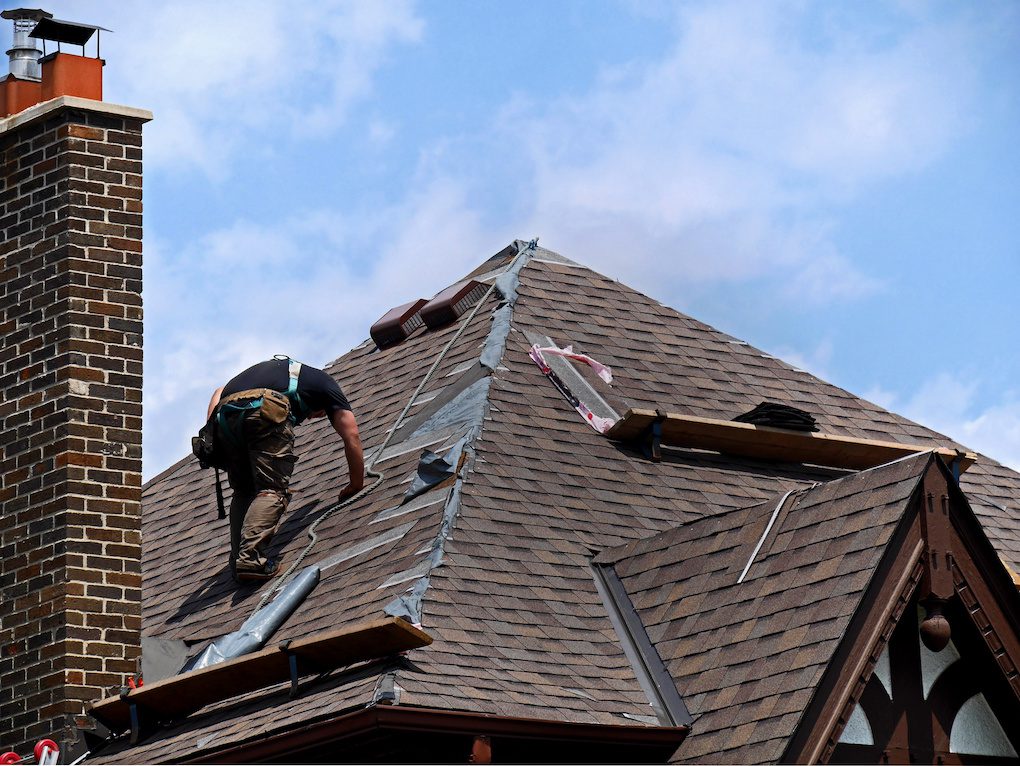
Planning and Preparation
Assessment of the current roof condition
Before embarking on a roof replacement project for your 2000 sq ft roof, it is crucial to assess the current condition of your roof. A professional roofing contractor can conduct a thorough inspection to determine if there are any structural issues, water damage, or signs of wear and tear. This assessment will help you understand the extent of the work required and if a complete replacement is necessary.
Choosing the right roofing materials
Selecting the appropriate roofing materials is an important decision that will impact the longevity and appearance of your new roof. There are various options available such as asphalt shingles, metal roofing, slate tiles, or clay tiles. Factors to consider when making this decision include the climate in your area, the architectural style of your home, and your budget. Consulting with a roofing professional can provide valuable guidance in choosing the right materials for your project.
Obtaining necessary permits and approvals
Before starting any construction work, it is essential to obtain the necessary permits and approvals from your local authorities. The requirements for permits may vary depending on your location. Hiring a professional roofing contractor can help streamline this process, as they are familiar with the local regulations and can assist you in obtaining the required permits in a timely manner. Ensuring compliance with local building codes will prevent any potential issues or delays during the project.
Finding a Contractor
Researching and gathering recommendations
Finding a reputable and experienced roofing contractor is crucial to the success of your roof replacement project. Start by conducting thorough research online and gathering recommendations from friends, neighbors, and family members who have recently had their roofs replaced. Reading customer reviews and testimonials can also give you valuable insights into the quality of work provided by different contractors.
Obtaining multiple quotes for comparison
To ensure you are getting a fair price and quality service, it is advisable to obtain multiple quotes from different contractors. This will allow you to compare their offerings, such as the scope of work, timeline, and cost. However, keep in mind that the cheapest quote may not always be the best option. Consider the reputation and experience of the contractor, as well as the quality of materials they will be using.
Checking the contractor’s credentials and reviews
Before finalizing a contract, it is important to check the credentials of the roofing contractor. Ensure that they are licensed, insured, and bonded. This will protect you from any liability in case of accidents or damage during the project. Additionally, review their portfolio and read customer reviews to gain a better understanding of their workmanship and customer satisfaction. Requesting references from previous clients can also provide valuable insights into the contractor’s reliability and professionalism.
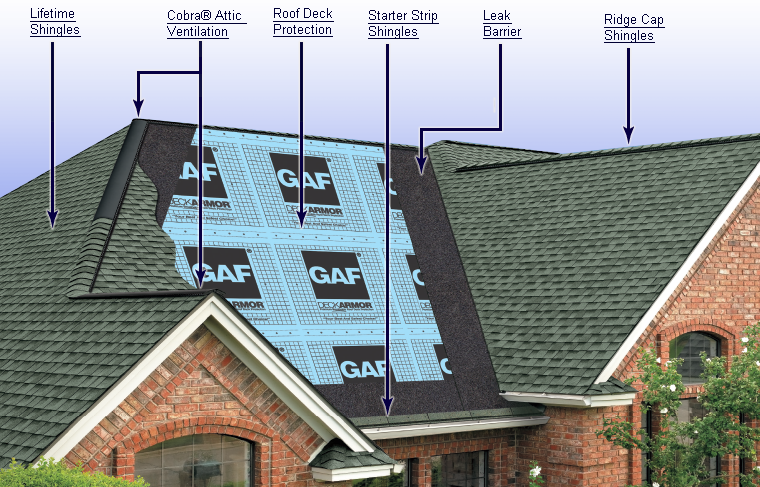
Scheduling and Pre-Construction
Setting a mutually agreed start date
Once you have selected a roofing contractor, it is essential to establish a mutually agreed start date for the project. This allows both parties to plan and prepare accordingly. The start date should take into account factors such as the contractor’s availability, weather conditions, and any other potential conflicts or commitments. Clear communication with the contractor will help ensure that both parties are on the same page regarding the timeline and expectations.
Confirming the availability of roofing materials
To avoid any delays during the construction process, it is crucial to confirm the availability of the selected roofing materials. Coordinate with your contractor to ensure that the materials will be delivered on time and are in stock. If there are any potential delays or issues with the availability of specific materials, it is best to know in advance and discuss alternative options with your contractor.
Preparing the site for the construction process
Before the actual roof replacement begins, make sure to prepare the site for construction. This includes removing any obstacles or debris that could hinder the progress of the project. Clearing the area surrounding your home and providing access for the contractors and their equipment will facilitate a smoother workflow. Communicate with your contractor about any specific requirements or preparations that need to be undertaken prior to the construction process.
Roof Removal
Removing the existing roof materials
Before installing the new roof, the existing roof materials need to be removed. This process involves stripping away all layers of the old roofing materials, including shingles, tiles, or metal sheets. The removal process requires caution and expertise to prevent any damage to the underlying roof structure. Skilled roofing professionals will employ proper safety measures and techniques to efficiently remove the old materials, ensuring a clean and solid surface for the installation of the new roof.
Inspecting the underlying roof structure for damage
Once the old roofing materials have been removed, it is essential to inspect the underlying roof structure for any signs of damage or decay. This includes checking for rot, mold, or weakened sections of the roof. Any issues identified during this inspection should be addressed promptly to ensure the structural integrity of the roof. These repairs may involve replacing damaged roof decking, trusses, or reinforcing weakened areas.
Disposing of the old materials responsibly
Responsible disposal of the old roofing materials is an important aspect of the roof replacement process. Professional roofing contractors will typically have a plan in place for the proper disposal of the waste materials. This may involve renting a dumpster or coordinating with a waste management company. Ensuring that the old materials are disposed of in an environmentally friendly and legal manner is important for both safety and sustainability.
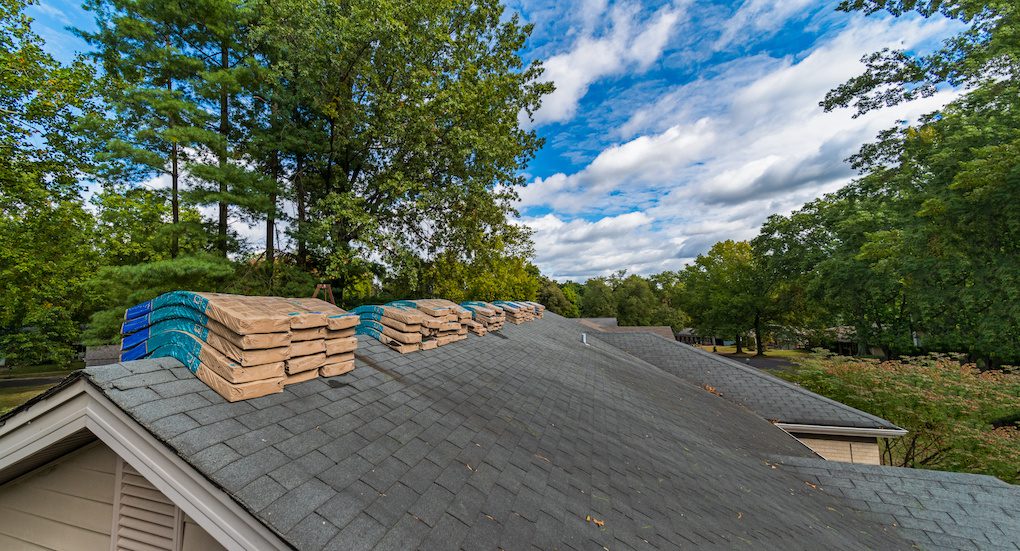
Repairing and Replacing Damaged Structure
Identifying and addressing any structural issues
During the inspection of the underlying roof structure, it is crucial to identify and address any structural issues that may exist. This includes identifying sagging sections, weakened joints, or damaged supports. Structural repairs are essential to ensure the stability and longevity of the new roof. Collaborate closely with your roofing contractor to design and implement the necessary repairs, ensuring that the roof structure is sound and capable of supporting the new materials.
Replacing damaged roof decking or trusses
If the roof inspection reveals extensive damage to the roof decking or trusses, these components may need to be replaced. Roof decking refers to the flat surface underneath the roofing materials, and trusses are the framework supporting the roof. Damaged or deteriorated decking or trusses pose a risk to the stability and safety of the roof, so replacing them is essential. Skilled contractors will have the expertise to assess the extent of the damage and carry out the necessary replacements while ensuring the new components are properly integrated into the roof structure.
Ensuring the roof structure is sound before installation
Before proceeding with the installation of the new roofing materials, it is crucial to ensure that the roof structure is sound and stable. This involves confirming that all repairs have been successfully completed, damaged components have been replaced, and the overall integrity of the roof structure has been restored. The expertise of a professional roofing contractor is invaluable during this stage, as they have the knowledge and experience to assess the structure and make any necessary adjustments or reinforcements.
Installation of New Roofing Materials
Unloading and staging the new roofing materials
Once the roof structure is deemed sound, the installation of the new roofing materials can begin. The contractor will coordinate the logistics of unloading and staging the new materials at the site. This may involve the use of cranes or other lifting equipment, depending on the type and weight of the materials. Staging the materials near the construction area ensures efficiency and minimizes delays during the installation process.
Installing proper underlayment and waterproofing
Before the actual roofing materials are installed, it is essential to lay down a proper underlayment and implement waterproofing measures. The underlayment acts as an additional layer of protection against water infiltration, while waterproofing ensures the roof is tightly sealed and resilient against moisture. The choice of underlayment and waterproofing techniques will depend on the specific roofing materials being used and the climate conditions in your area. A reputable roofing contractor will be knowledgeable about the appropriate products and techniques for your particular project.
Applying the selected roofing materials (shingles, tiles, etc.)
The final step in the roof replacement process is the application of the selected roofing materials. This can include shingles, tiles, metal sheets, or any other material chosen for your specific project. Roofing professionals will carefully install the materials according to the manufacturer’s guidelines and industry best practices. Attention to detail is crucial during this stage to ensure proper alignment, secure attachment, and an aesthetically pleasing final result.
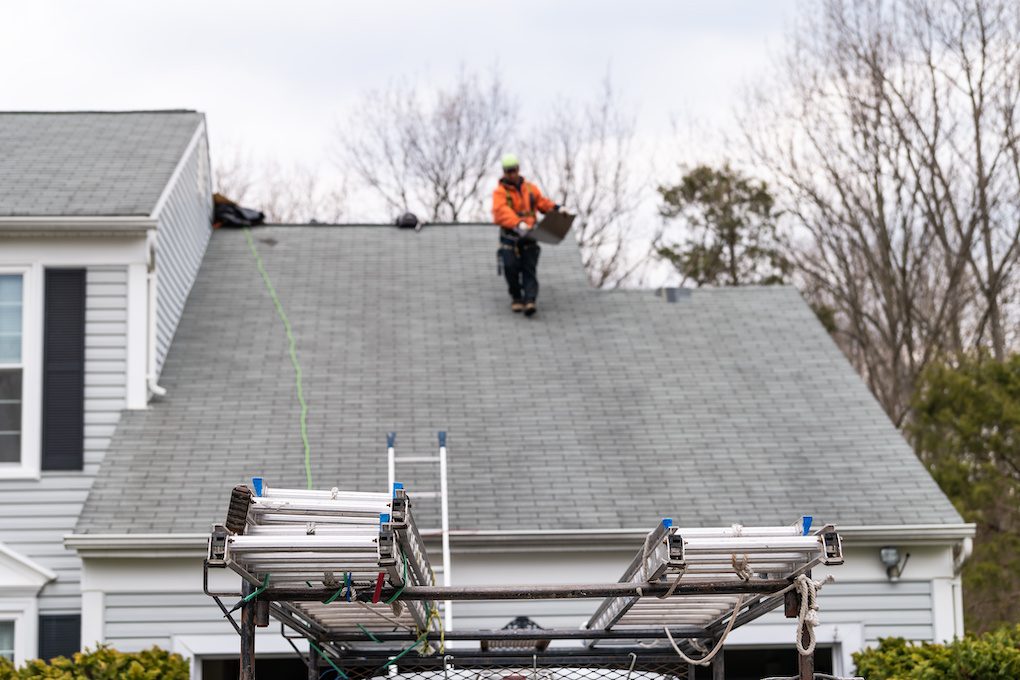
Integrating Additional Roof Components
Installing new flashing and vents
To ensure the overall functionality and longevity of the new roof, it is important to integrate additional components such as flashing and vents. Flashing consists of metal strips that prevent water from seeping into joints and vulnerable areas of the roof, while vents allow for proper airflow and ventilation. A knowledgeable roofing contractor will install these components precisely and securely to ensure they effectively protect your roof and home from water damage and excessive moisture.
Integrating skylights or solar panels
If you wish to incorporate skylights or solar panels into your new roof, now is the time to discuss and plan for their installation. Skylights can bring natural light into your home, while solar panels offer energy-saving benefits. Collaborate closely with your roofing contractor to determine the best locations and method of integrating these features into your new roof. Proper planning and implementation are essential to avoid any leaks or structural compromises.
Securing chimney and other roof penetrations
If your home has a chimney or other roof penetrations, proper care must be taken to ensure they are adequately secured during the roof replacement. These areas are potential entry points for water if not properly addressed. Experienced contractors will employ techniques such as flashing and waterproofing to seal these penetrations and prevent leaks. It is important to communicate with your contractor about any existing roof penetrations and ensure they are accounted for in the overall roofing plan.
Cleanup and Final Inspections
Removing debris and leftover materials
Once the roof replacement is complete, it is essential to thoroughly clean the construction site and remove any debris or leftover materials. This includes cleaning up any unused or discarded roofing materials, nails, and other construction waste. A reputable roofing contractor will prioritize a clean and safe site, ensuring that all waste is properly disposed of and the area is left in a tidy condition. Regular inspections during the cleanup process will help identify any missed debris or potential hazards.
Thoroughly cleaning the surrounding area
In addition to cleaning the construction site, it is important to pay attention to the surrounding area of your home. Debris from the roof replacement project may have scattered onto driveways, walkways, or landscaping. A thorough cleaning of these areas will help restore the aesthetics of your property and ensure the safety of your family and visitors. Discuss with your contractor any specific areas or concerns that require attention during the cleaning process.
Conducting final inspections for quality assurance
Before considering the roof replacement project complete, it is crucial to conduct final inspections for quality assurance. This involves a comprehensive review of the newly installed roof to ensure it meets the highest standards of craftsmanship and durability. A professional roofing contractor will thoroughly inspect the roof for any signs of leaks, inadequate installation, or other issues. This final inspection is essential to provide you with the confidence that your new roof will protect your home for years to come.
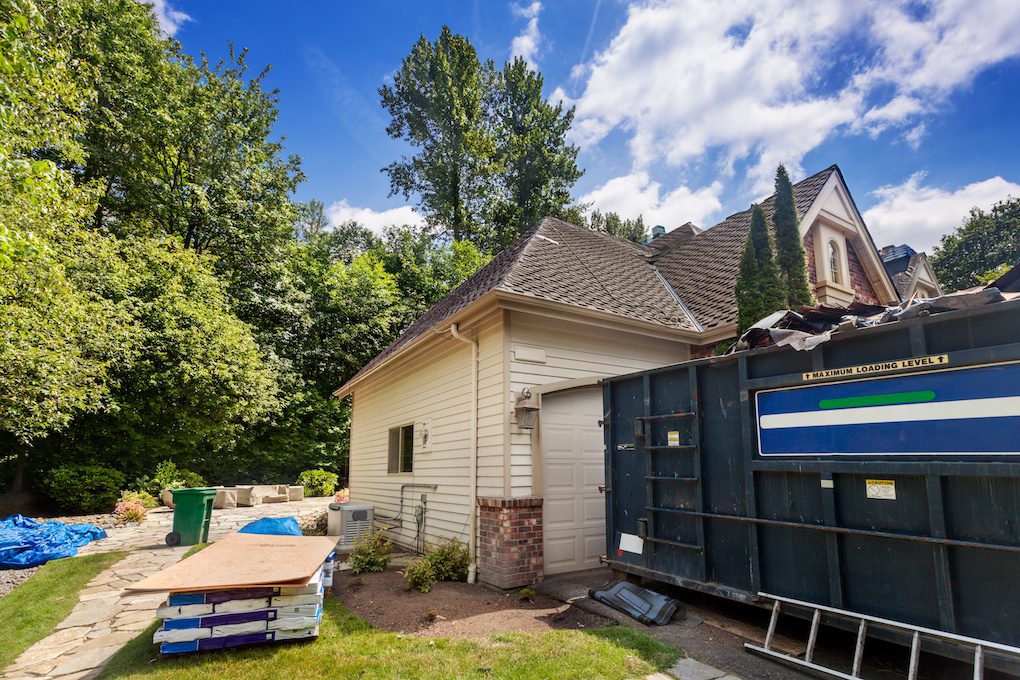
Weather and Unforeseen Delays
Accounting for potential weather-related interruptions
The timeline for a roof replacement project can be influenced by weather conditions. Depending on your location, factors such as rain, snow, or extreme temperatures can impact the schedule. It is important to account for potential weather-related interruptions and delays when planning your project. Collaborate closely with your contractor to establish a flexible timeline that takes into consideration the weather patterns of your area and allows for adjustments if necessary.
Preparing contingency plans in case of unforeseen delays
Despite meticulous planning, unforeseen delays can still occur during a roof replacement project. These delays can be caused by factors such as unexpected structural issues, supply chain disruptions, or unforeseen weather conditions. To minimize the impact of these delays, it is important to prepare contingency plans in advance. Collaborate with your contractor to discuss potential scenarios and identify alternative approaches that can be implemented if any unforeseen delays arise.
Average Timeline for Replacement
Planning and contractor selection: 1-2 weeks
The process of planning for a roof replacement and selecting a contractor typically takes around 1-2 weeks. This includes assessing the current roof condition, researching and gathering recommendations, obtaining multiple quotes, and checking the credentials and reviews of potential contractors. Taking the time to carefully evaluate your options will help ensure a successful and satisfactory outcome for your project.
Roof removal and structural repairs: 1-2 weeks
The actual removal of the old roof materials and the subsequent structural repairs can take approximately 1-2 weeks, depending on the complexity of the project. This stage involves safely removing the existing roof, conducting thorough inspections, and making any necessary repairs or replacements to the roof structure. Timely completion of these tasks is crucial for laying the foundation for a strong and durable new roof.
Installation of new materials: 1-2 weeks
The installation of the new roofing materials typically takes about 1-2 weeks. This timeframe includes unloading and staging the new materials, applying proper underlayment and waterproofing, and installing the selected roofing materials. Skilled contractors will work diligently to ensure precise and efficient installation, resulting in an aesthetically pleasing and watertight roof.
Integration of additional components: 1-2 days
If you have chosen to incorporate additional components such as flashing, vents, skylights, or solar panels, their integration can be completed within 1-2 days. This includes the careful installation and integration of these components into the new roof to ensure proper functionality and seamless integration with the overall design. Collaborating closely with your contractor during this stage will help ensure that all additional components are properly integrated and meet your specific requirements.
Cleanup and final inspections: 1-2 days
The final stages of the roof replacement process involve cleaning up the construction site, as well as conducting final inspections for quality assurance. These tasks can typically be completed within 1-2 days. Thoroughly cleaning the site and conducting final inspections are crucial to ensuring that all debris is removed, the surrounding area is restored, and the new roof meets the highest standards of craftsmanship and durability.
In conclusion, the process of replacing a 2000 sq ft roof involves careful planning and preparation, finding a reputable contractor, scheduling and pre-construction tasks, roof removal, repairing and replacing damaged structure, installation of new roofing materials, integrating additional components, conducting cleanup and final inspections, accounting for potential weather-related delays, and following a rough timeline for the whole project. By understanding each step of the process and working closely with a professional contractor, you can ensure the successful completion of your roof replacement project and enjoy the benefits of a reliable and beautiful new roof for many years to come.